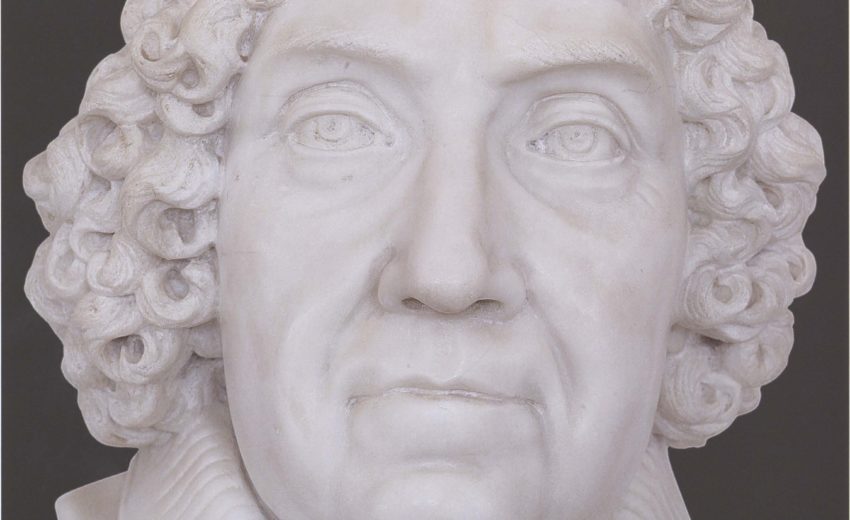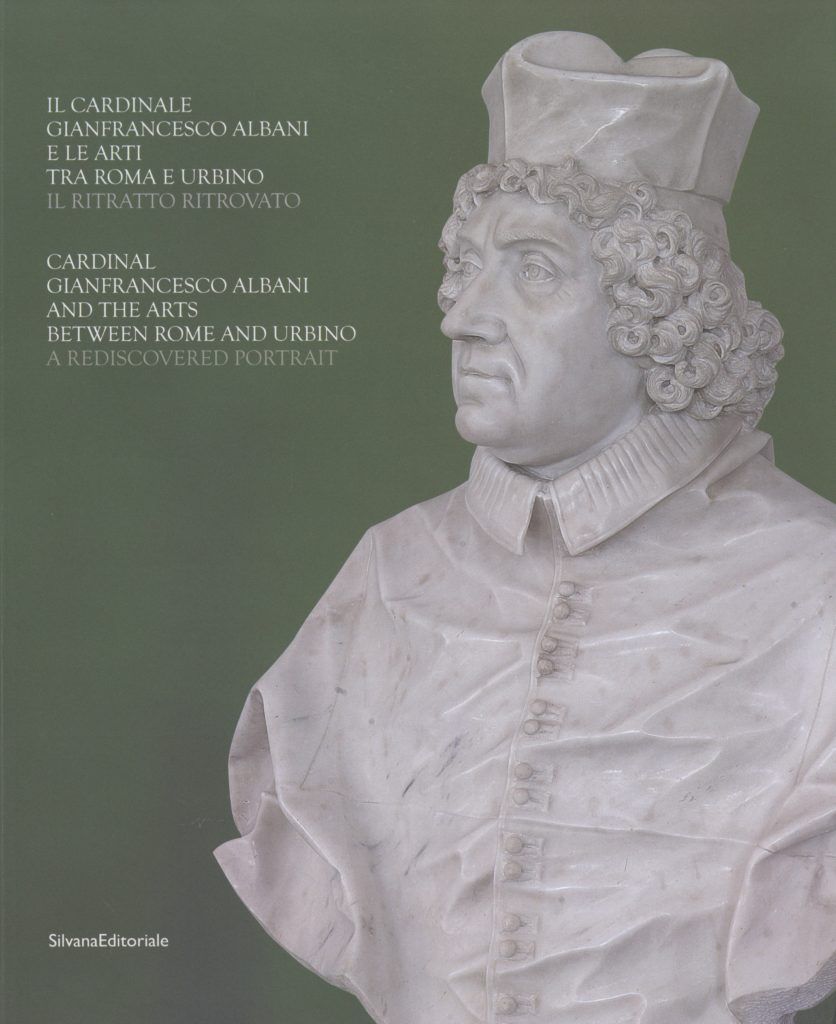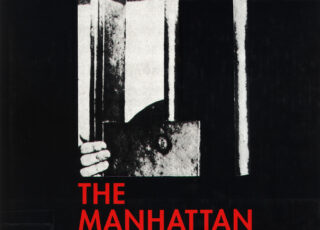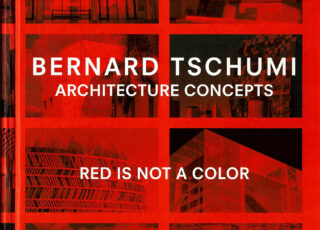
Simonato, Cardinal Gianfrancesco Albani and the arts between Rome and Urbino
The marble bust of Cardinal Gianfrancesco Albani (1648-1721) was sculpted in Rome in 1692 by the Carrarese Domenico Guidi (1625-1701 (and is exhibited today in the Aula Magna of the Department of Law in Urbino (cat. 1). It remained unknown until its ‘discovery’ in March 2015 and its presentation in the Burlington Magazine in November 2016. The work had escaped the radar of the art historians because of a series of accidental circumstances. The bust was not finished in time to be mentioned in the sculptor’s Notizie, the original manuscripts of which are conserved in the Biblioteca Nazionale Centrale di Firenze. These notes, completed in 1691 under the watchful eye of Guidi (a former student of Alessandro Algardi), are now the main point of departure for modern research on the artist. The bust was probably moved from Rome immediately after its completion, and was never seen, nor even mentioned by Lione Pascoli, who published a biography of the sculptor in 1730. Destined for a literary academy situated within a private palace in Urbino, the bust was not even highlighted in the burgeoning guides to the Marche in 18th and 19th centuries. It represented a cardinal who would become pope in 1700, just eight years after its completion. But this meant that within eight years the bust was already iconographically ‘wrong’, in that this cardinal’s portrait was unsuitable for the new celebrity Urbino would confer upon its fellow citizen, Clement XI, throughout his pontificate. But above all, over the centuries the bust has become a work that is simply ‘out of context’: an exemplar of late 17th-century Roman art washed up in one of the geographical cradles of the Renaissance. Nor is this the only masterpiece of Baroque sculpture ‘outside of Rome’ that has escaped the attention of art historians until quite recently, maybe because such works have been considered as a consequence of allogenic stylistic impositions and have not received the attention of scholars much more focused on the study of ‘regional schools’, valuing evidence of a homogeneous style associated with a particular geographical region above all else.
Download
Simonato_Cardinal Gianfrancesco Albani and the arts between Rome and Urbino.pdf
Simonato_Cardinal Gianfrancesco Albani and the arts between Rome and Urbino.txt
Simonato_Cardinal Gianfrancesco Albani and the arts between Rome and Urbino.html
Simonato_Cardinal Gianfrancesco Albani and the arts between Rome and Urbino.jpg
Simonato_Cardinal Gianfrancesco Albani and the arts between Rome and Urbino.zip



